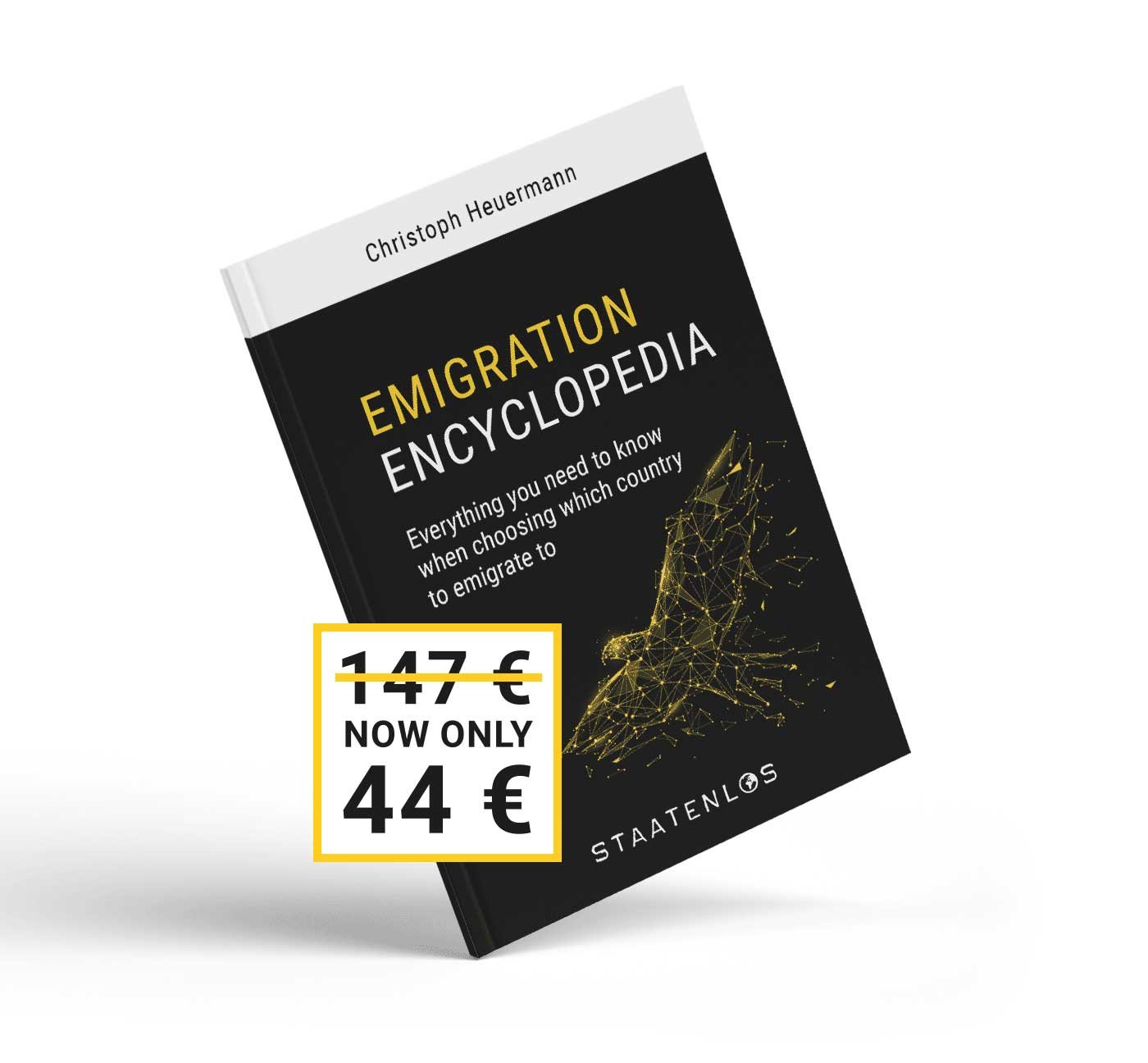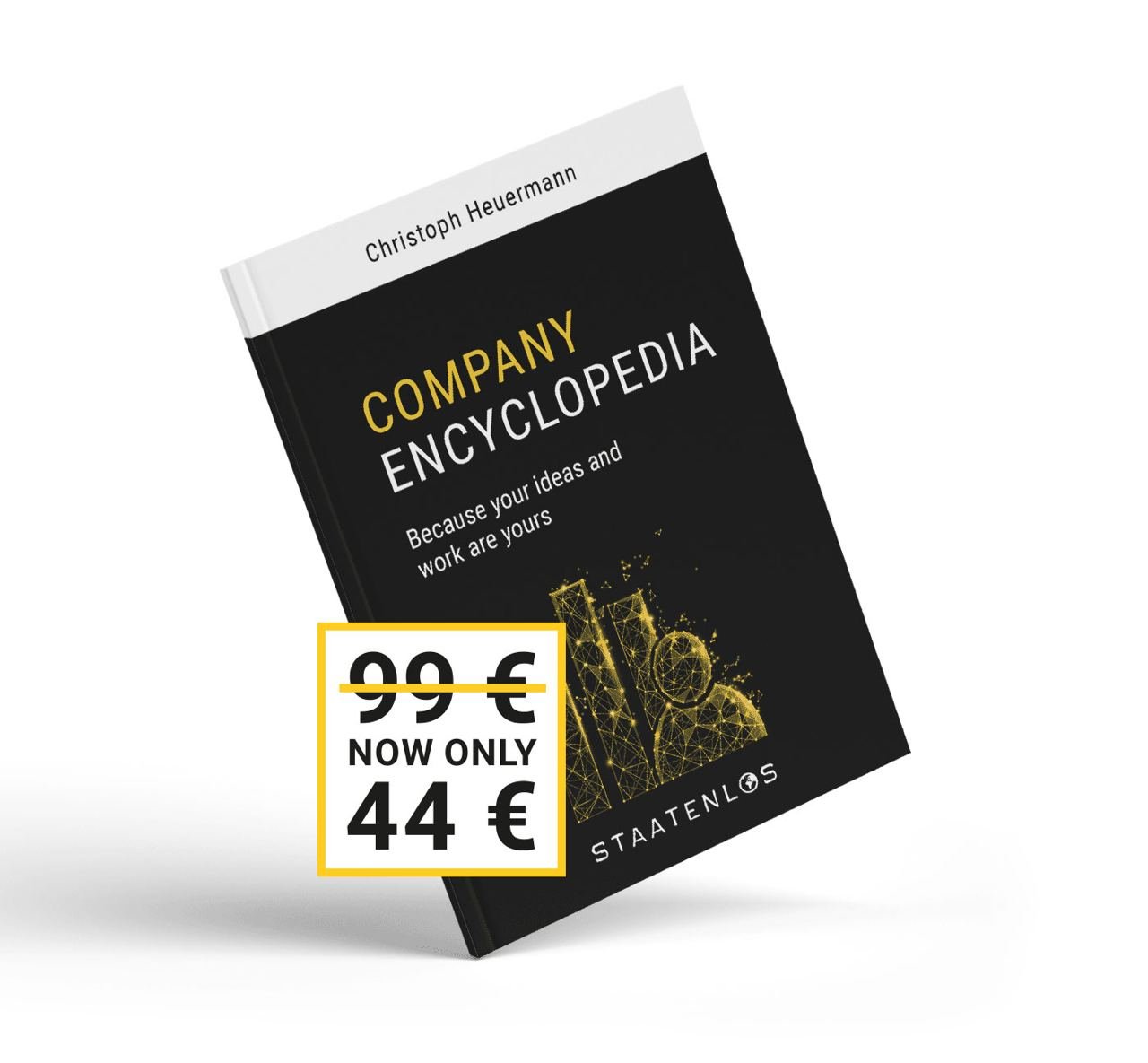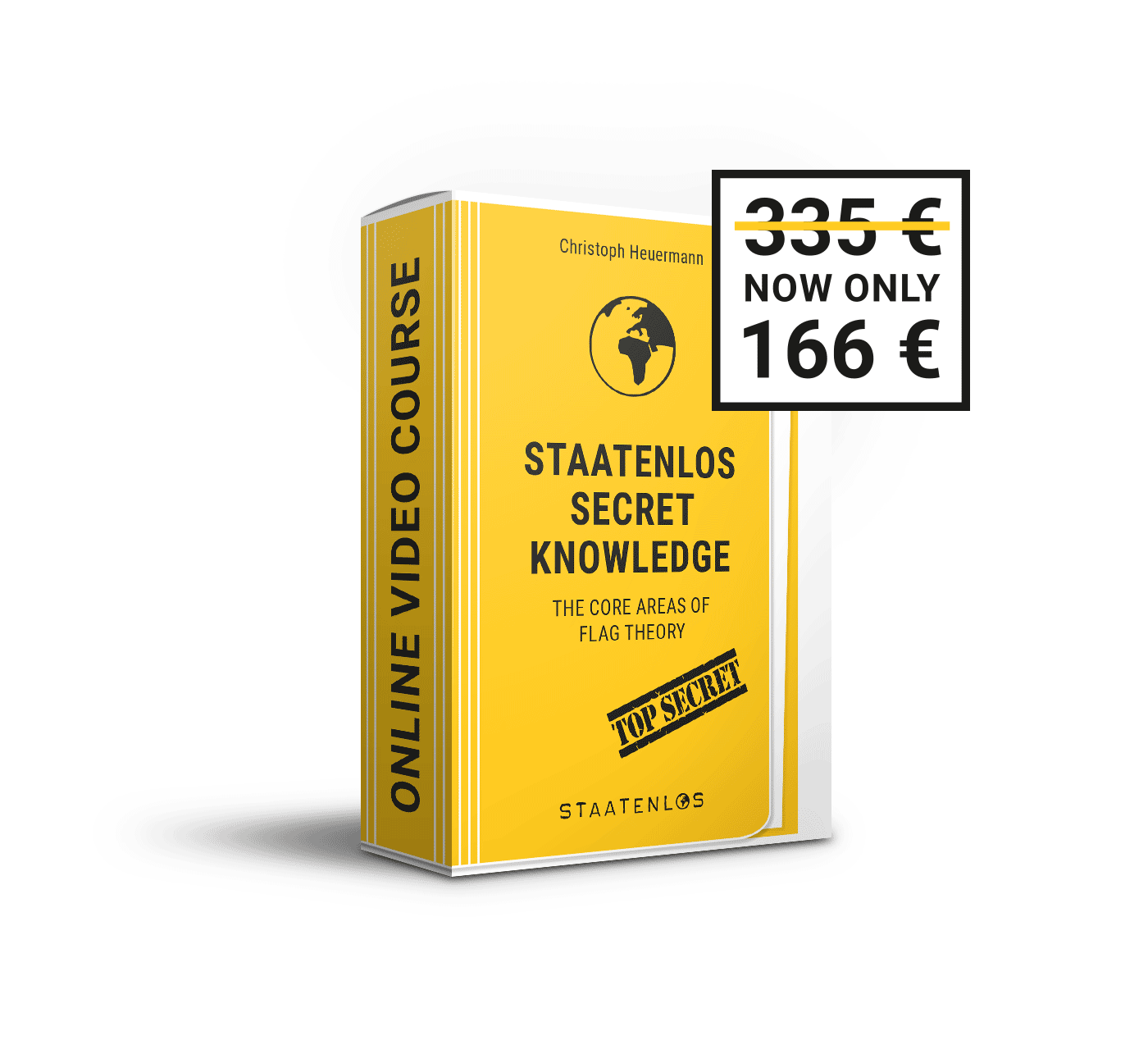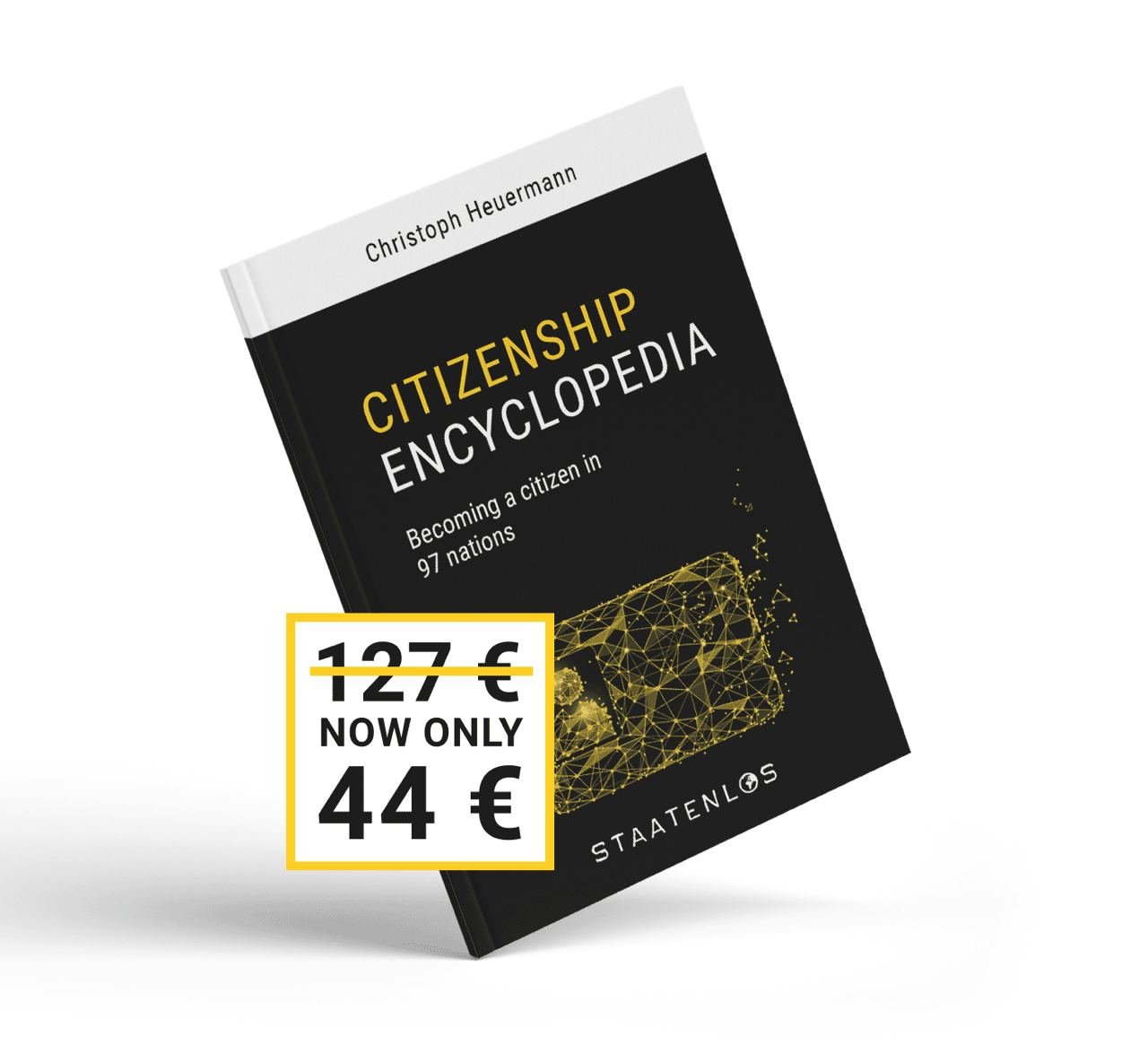At Tax Free Today we’ve already dealt extensively with the subject of CRS and its automatic exchange of information. But today we’re going to take a quick look at its precursor, the TIEAs, which continue to coexist today, but which are more limited.
The TIEAs are the “Tax Information Exchange Agreements”.
These are individual agreements negotiated bilaterally between countries, just the opposite of the currently multilateral Common Reporting Standard.
Instead of being automatic, they are manual, and of specific use when it comes to concrete evidence of tax evasion.
To better understand the CRS and its ramifications, it’s very useful to understand what the TIEA are and how they work.
What is a TIEA exactly?
TIEAs are tax agreements to avoid tax evasion; they are mainly held between high-tax countries and tax havens.
Unlike double taxation agreements, TIEAs are only used to detect tax evasion. Double taxation agreements are not normally held with tax havens because they don’t pose the risk of double taxation (remember, they don’t have taxes).
Who can gather information?
Each jurisdiction has a competent authority that can gather relevant information. Most of them are special offices attached to tax authorities, which are committed to the fight against tax evasion.
Law enforcement agencies (or courts) rarely have direct access to this information, so they usually have to turn to the competent authority.
How does an exchange actually work?
The following procedure is usually followed: The competent authority in country A sends a request to the competent authority in country B.
The request is a brief email with a huge PDF attachment containing the actual petition. This is usually enough for country B to consult the information. However, the information will only be shared when country A’s original letter actually arrives in country B.
For most TIEAs this takes nearly three months. There has to be a good reason for jurisdiction B to not share the information.
In any case, there is nothing forcing countries to share information either, aside from the risk to their reputation, which gives some room for manoeuvre.
The OECD (Organisation for Economic Cooperation and Development) uses the rapidity of bilateral information exchange management as an indicator of a jurisdiction’s reputation.
Of course, if jurisdiction A does not provide justifiable reasons for its suspicion, country B can give good reasons against processing the application.
In the event that an offshore company or bank account is suspected without good reason, country B will generally not send any information (it is in its interest to protect the privacy of its users), even if these suspicions are real.
Requests that are not well-founded are often rejected and are considered unsubstantiated data mining attempts.
In the case of an offshore bank account, in order for them to share the information at least the name of the person sought must be known. In some cases there is also an obligation to provide a bank account number, which is often arbitrary.
Something similar happens with offshore companies, in this case the name of the company must be stated without doubt.
In both cases, even misspellings are penalised by ignoring the application in question.
In the specific case of a bank account, the authorities in country B will contact the local bank concerned, sending the same email with the huge PDF. However, in some cases this is also done by fax, courier or a visit in person to the competent authority.
The bank will compile the relevant information and give it to the (local) authorities of country B. This process usually takes two months.
During this period, the bank can decide whether it considers the application as legal or not. If what it wants to do is protect its clients, it can try and resist the request. In this case the local tax authorities (country B) could withdraw the request or be taken to court.
Of course, information would only be provided for the bank accounts mentioned in the request. If there were more accounts in the country, they would remain secret. Furthermore, country A must usually pay all the costs incurred by country B.
In short, it can be said that many applications fall on deaf ears, thanks to the room for manoeuvre of the countries and banks concerned.
What information is exchanged?
TIEAs normally do not specify what information should be exchanged. Jurisdiction B should seek to comply with requests from jurisdiction A, to the extent local laws permit and provide for.
The information exchanged can relate to anything from account statements through to bank transactions to card transactions. Sometimes even the IP addresses of online banking logins are requested to obtain information on the whereabouts of a fugitive tax evader.
Generally, however, only the transaction history and account balance are provided. For businesses, the situation is somewhat similar: Corporate documents, actual details beneficiaries or similar information can be shared.
So how high is the risk?
Some authorities publish annual reports on how many requests they’ve received and responded to. The OECD sometimes publishes the figures in a Peer Review.
But even in jurisdictions with the largest number of companies, trusts and accounts worldwide, often several hundred thousand, applications are very limited: several hundred a year.
In other words, TIEA are rarely used and don’t offer any guarantee of success for the requester of the information. Even though many offshore jurisdictions have made TIEA agreements, they ultimately fail to exchange information due to their local legislation.
TIEAs are usually very expensive and take several months to produce results. Ultimately, then, TIEAs are only a real risk to those at the very top of the list of tax suspects. And here we’re generally talking about people suspected of defrauding many millions.
In any case, due to the problems with Tax Information Exchange Agreements, the OECD and high tax countries have acknowledged the need for a better exchange of information.
This is an exchange that should happen automatically and multilaterally once a year, and should cover all bank account holders in the country. And so the CRS was born.
Ultimately, though, there are also many exceptions and loopholes, which we’ve already talked about in the article on the 35 ways of escaping the automatic exchange of information.
Conclusions
As you’ve seen today, TIEAs are not as scary as they might initially seem, at least if you know how they work.
Not even the latest Common Reporting Standard (CRS) becomes a problem if you know how to avoid it.
If you want us to keep you updated on these and other issues around international taxation, Flag Theory, the Perpetual Tourist and, in general, how to expand your freedom and personal security, you can sign up to our newsletter.
Because your life is yours!
Did you like our blog article?
Support us by purchasing our products and services. Or build up a passive income by recommending us as an affiliate! And don't forget to check out Christoph's travel blog christoph.today!
Secret Knowledge Video Course
Learn Everything that You Need to Know for a Life as a Perpetual Traveler
Watch Video CourseEncyclopedia Collection
Acquire Expansive Knowledge about Banking, Companies, Citizenships, and Emigration.
Order eBooks






